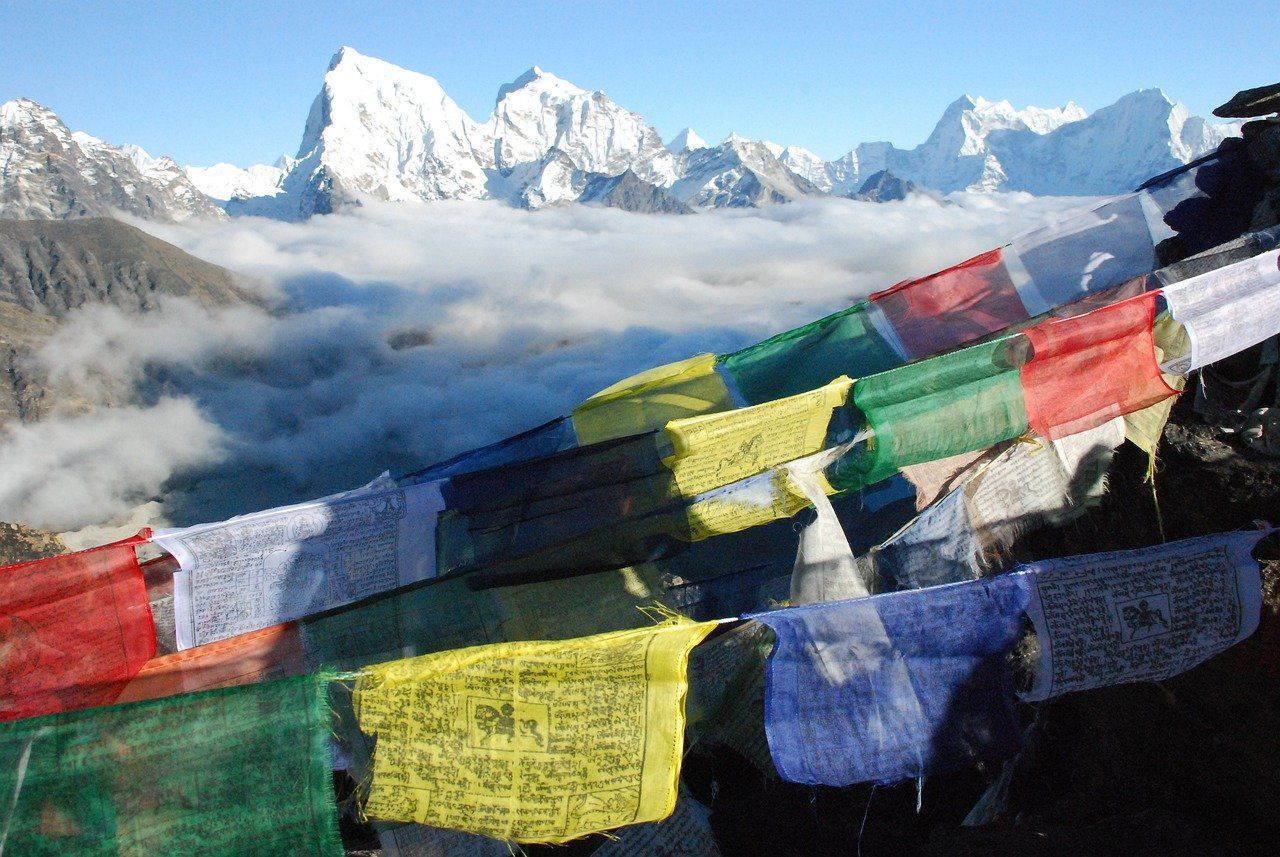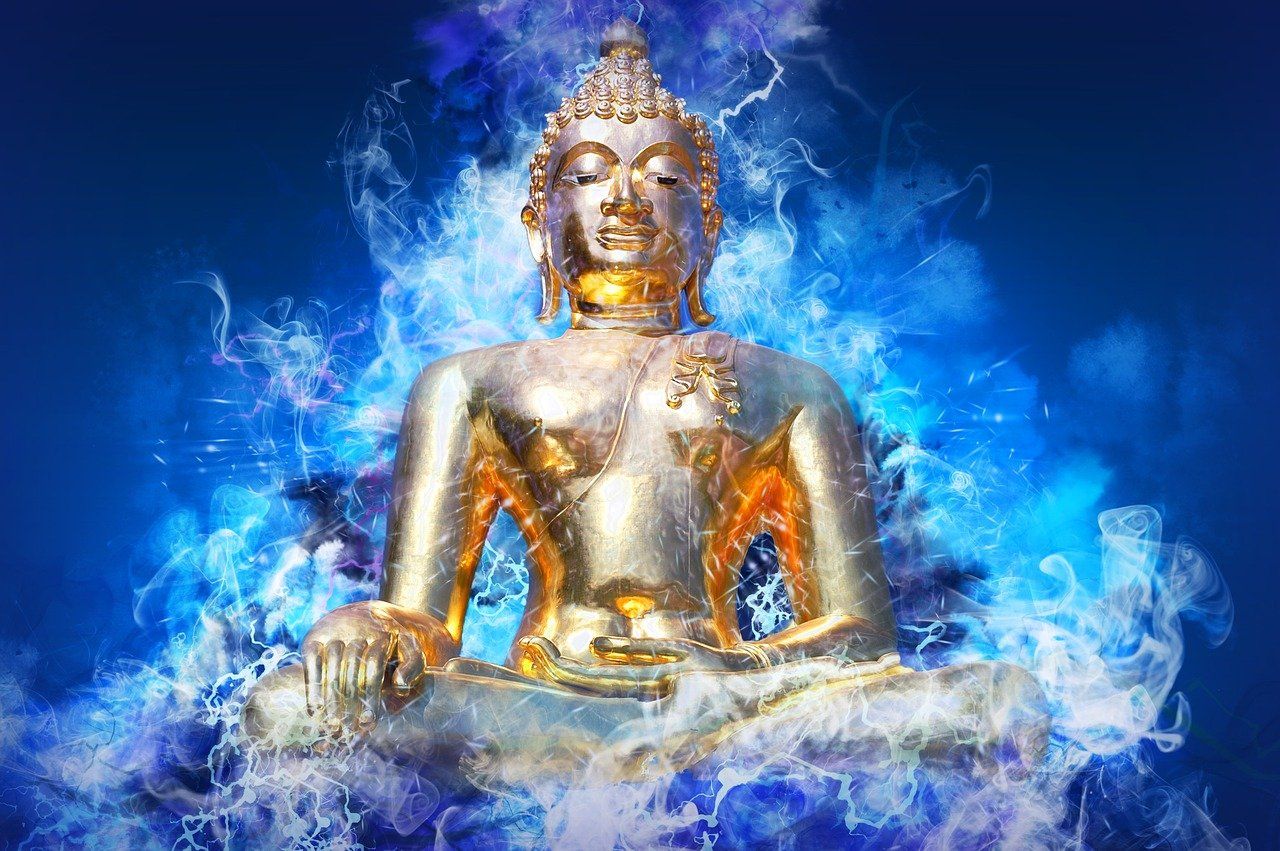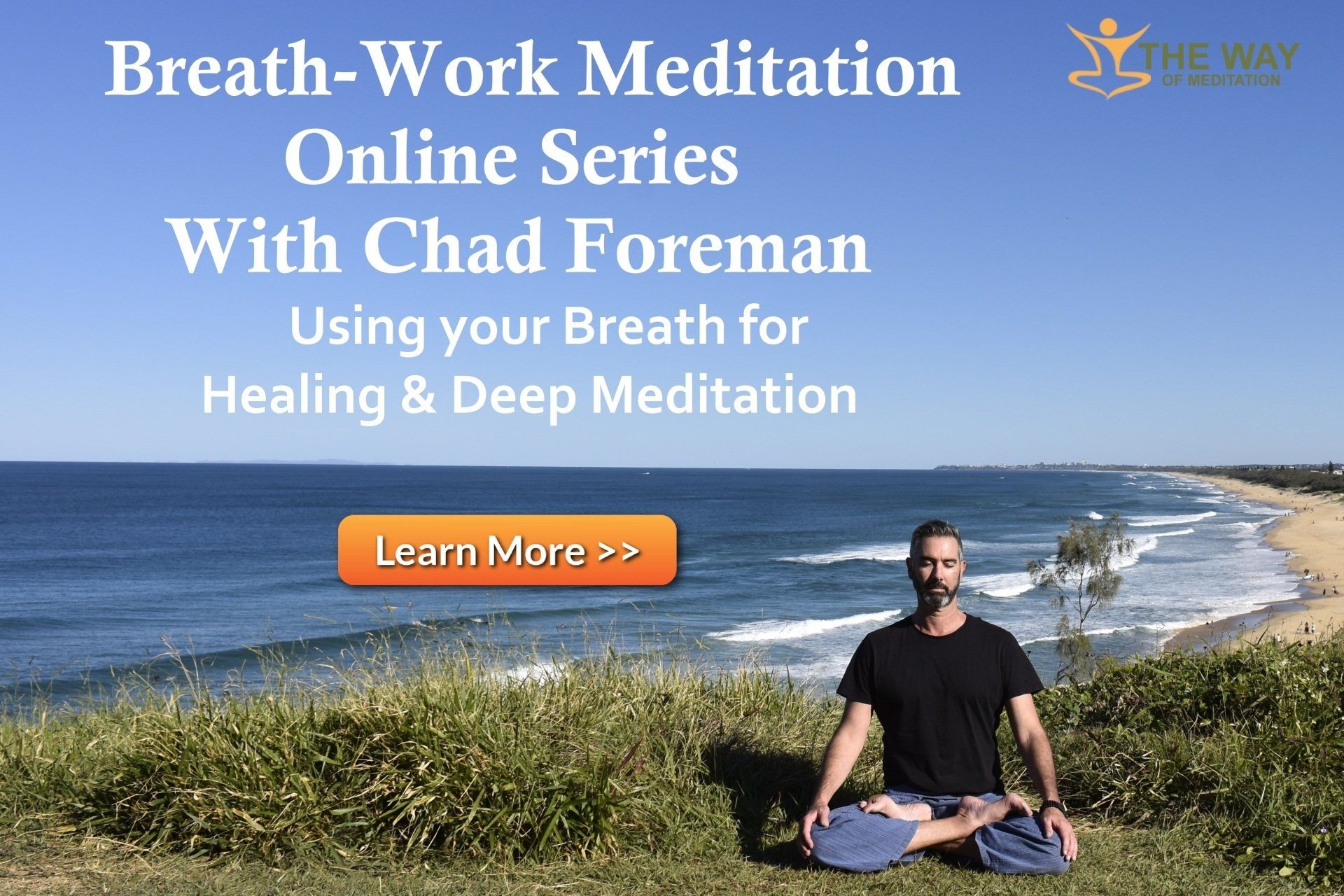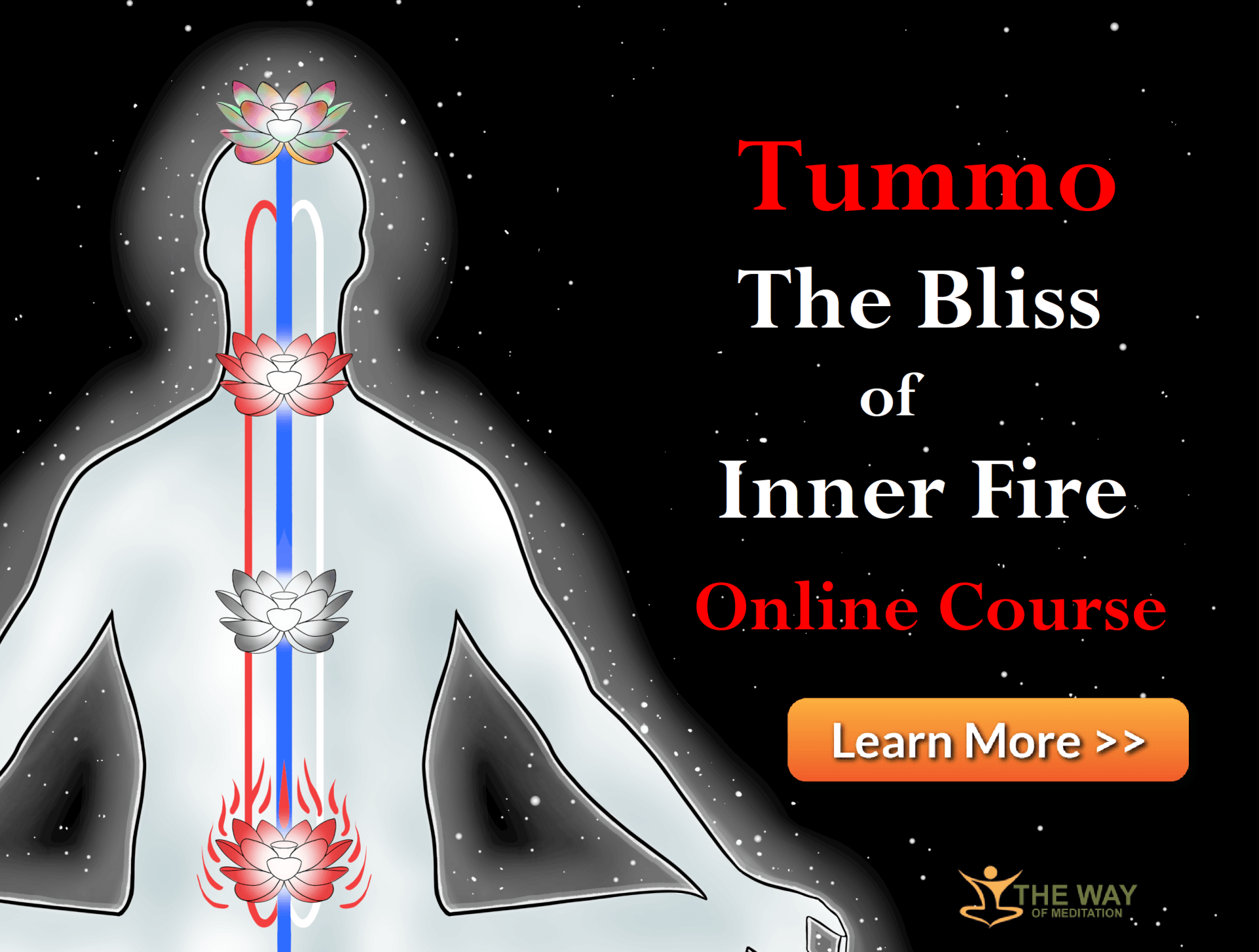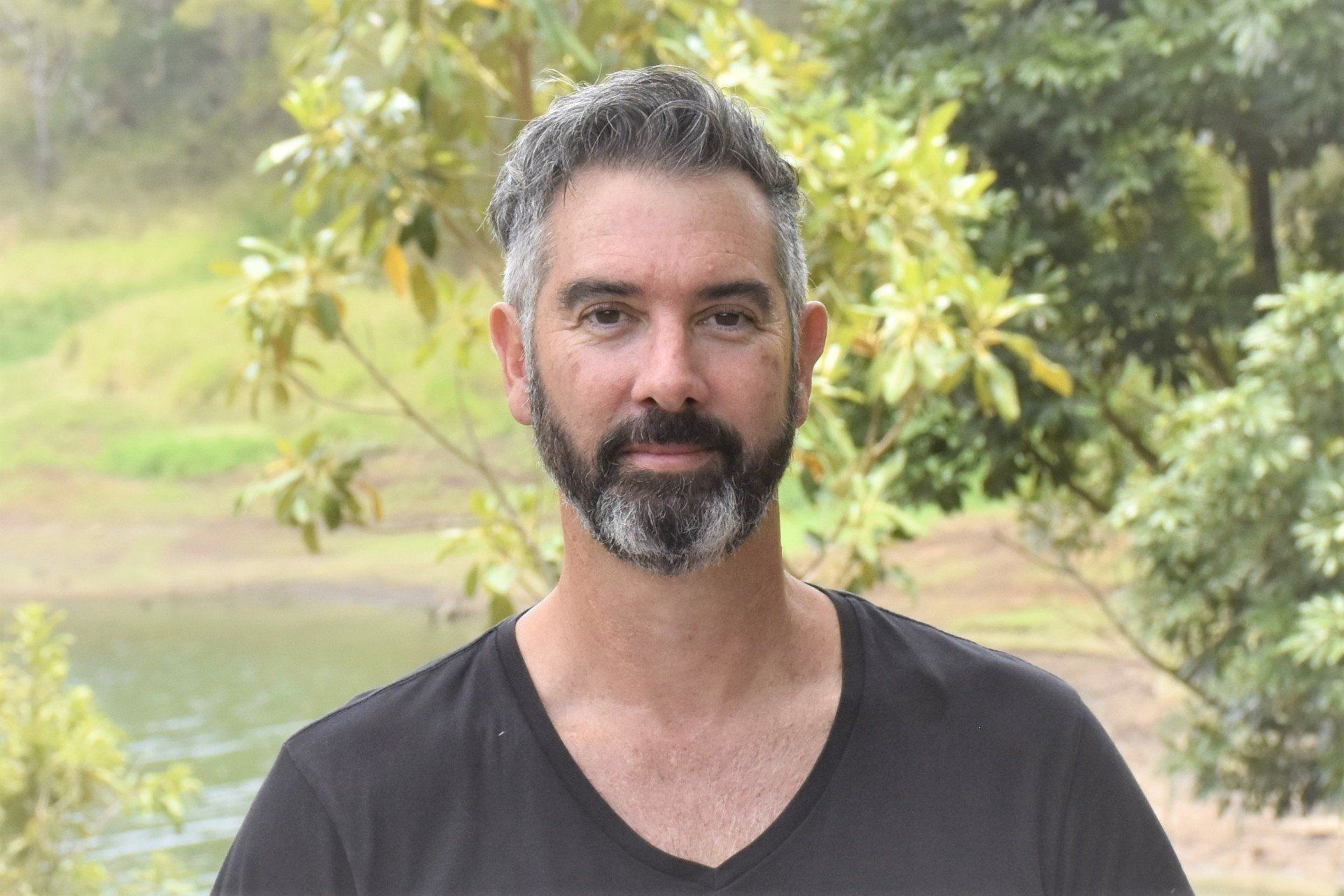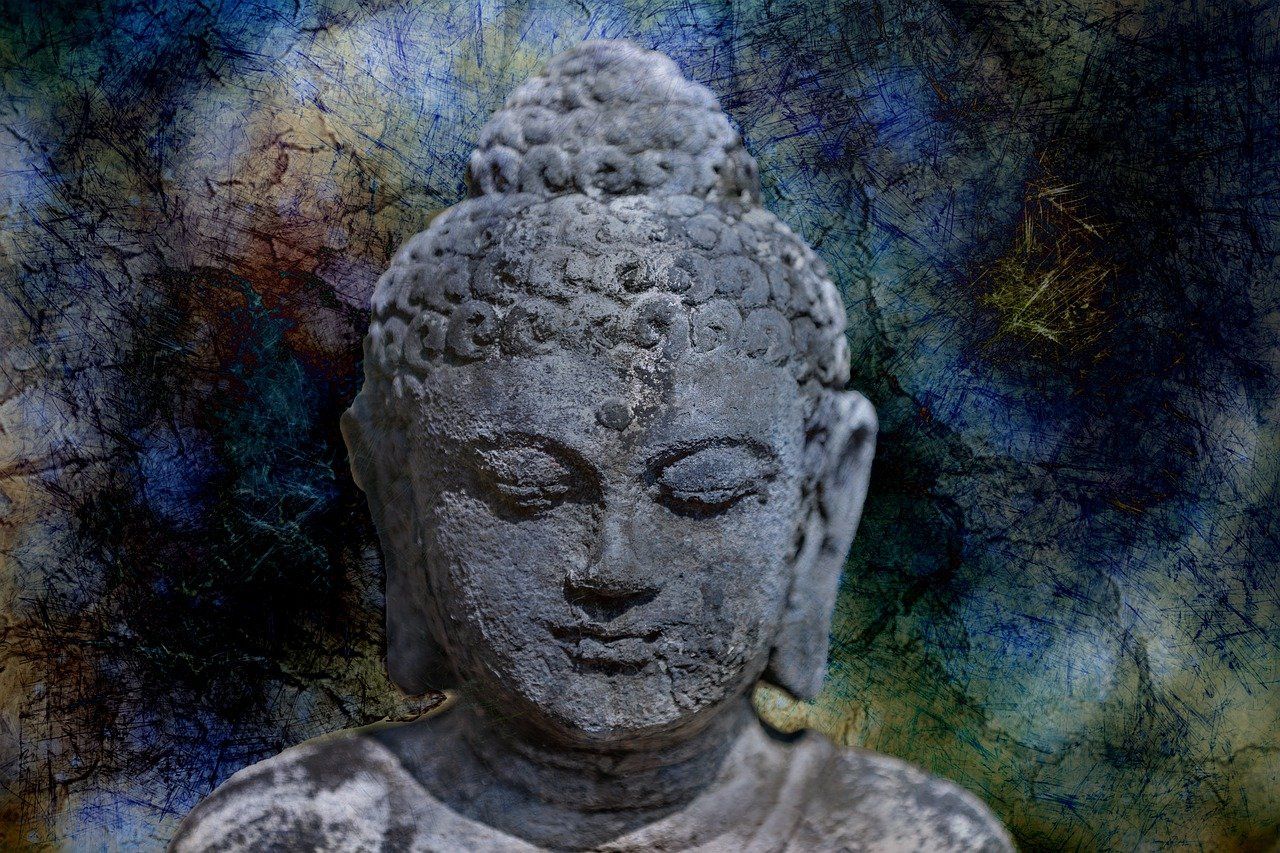Transforming The Five Bodies Through Breath-Work
I’ve created an online breath-work course
HERE
so I thought I would write a blog explaining a little bit more about the philosophy and process I use in my classes to help people go deeper into their practice and understand my framework better.
I’ve been heavily influenced by the Yogic and Buddhist Tantric traditions and according to these spiritual schools a person is made up of multidimensional bodies. There are several different variations within the traditions but the model I use is based on the five bodies represented as the
physical, emotional, mental, energy and spiritual bodies.
These ‘bodies’ make up what it is to be human and whilst in reality they are an inseparable whole it’s really helpful in practice to divide them up and practice them separately. Each body is like a field of intelligence which you can either be in alignment with or out of alignment with.
The two main functions of my breath work classes are to clear away the stresses and blockages within each of these fields and to tune into the inherent wisdom within those bodies. Traditional teachings speak a lot about this as a purification process, but I prefer the term transformation.
Physical Transformation
By using breathing techniques that activate the parasympathetic nervous system a person can intentionally transform their nervous system into a calm and relaxed state which helps make the body a safe and enjoyable place to be in which enables you to embody the present moment conditions fully.
This is vital for people who struggle with meditation who will often ignore this first and essential step, calming the body. Because of the strong mind/body connection it can make meditation almost impossible if your body’s nervous system is in flight/fight/freeze mode. If your body is agitated, nervous and full of chemical reactions that are priming you to either fight, run or freeze in terror it is no wonder that you cannot keep calm or focus the mind in meditation.
Some great techniques that can be used at the physical level include a wide range of deep, slow diaphragmatic breathing exercises, box breathing or cadence breathing techniques which have all have be proven to activate the relaxation response within your nervous system transforming your body from being agitated and hyper vigilant into a joyful, calm safe place.
Emotional Transformation
Next, after successfully activating the relaxation response in the nervous system you can also use breath-work to clear away emotional disturbances like anger or jealousy and transform the emotional body into a field of love and compassion.
Being in an open, grateful, and loving space has enormous benefits for your health. The healing power of love is well documented in scientific studies and has its roots in ancient spiritual practices.
Adversely the damaging effects of holding onto anger and resentment has been shown to be associated with weakening the immune system compromising your ability to fight off disease.
One of the most powerful Buddhist meditation practices is known as Tong-len which is a breathing and visualising technique that imagines removing the suffering of others, transforms the ego into love and shares that love with the world. Essentially Tong-len breathing means giving and receiving which is exactly what every breath is. It’s this giving and receiving, the literal mutual exchange of energy that helps strengthen and connect with a healthy emotional body.
The Dalia Lama himself teaches numerous variations on this technique one of those he instructs: “breathing in; loving yourself completely, breathing out; loving others completely.”
These types of loving kindness breathing exercises can quickly transform your emotional body from restriction and pain into the open spaces of love and freedom. It can initially be challenging to love and forgive others completely especially those who have harmed you, but it has a hugely transformative effect on your emotional body helping release trauma and resentments from the past. Breath-work classes are a safe and supportive space to practice with an open mind that can explore the effects of these techniques.
Mental Transformation
The mental body just referred to as the mind in western psychology is transformed from being distracted, agitated, and confused into being focused, calm and clear.
The classic Buddhist practice of mindfulness of breath is a perfect example of this level of practice but as I mentioned also calming the nervous and expanding your field of love helps enable you to focus the mind.
There are numerous techniques to use at this level like counting the breaths, mentally repeating a mantra or paying close attention to the four aspects of the breath (in breath, pause, out-breath, pause). This type of mental focus is included in all the other breathwork practices too when you’re training your mind to stay with the technique and not get distracted.
Learning to just watch your breath without controlling it is also a brilliant way to help practice non-reactionary observational skills which help to develop clarity and the wisdom that responds instead of reacts. Transforming what meditators call the ‘monkey mind’ into an ‘awakened mind’ rooted in stillness.
Energy Transformation
As we move down or through to more subtle layers of our being we come to the energy body. This is the level that energy healers like acupuncturists, reiki and pranic healers work on and is essentially the underlying morphic field that supports the integrity and form of the physical body. Yoga and tantra also use this system extensively for healing and personal transformation.
A healthy subtle energy body is moving and flowing through thousands of ‘channels’ in the body and collecting but still moving through the chakras. An unhealthy subtle energy body has blockages and has become stagnate which can cause dis-ease. When the energy body holds past traumas, it has been referred to as the pain body by Eckhart Tolle.
The technique I use for this level of transformation is a Tibetan Tantric practice called Tummo which means inner fire or inner light. This practice which is promoted as the fastest way to enlightenment by its practitioners uses the breath and visualisations to connect with subtle energy. This practice can help develop blissful connection with subtle energy and purify blockages and past traumas.
Tummo is also associated with developing an inner fire which has reportedly enabled its practitioners to survive with barely any clothes in snowy mountain regions. Expert practitioners in Tibet would show their proficiency at this technique by drying wet sheets in freezing conditions that are placed over their bodies. (learn more about Tummo
HERE)
Awareness Transformation
Finally the deepest level of breathwork or any spiritual practice is connecting with your true Self. At this level it’s all about identity. Identifying with your temporary conditions of your body, mind or culture creates an ego which seems very real but in fact is a figment of your imagination. The spiritual body which is the fundamental ground of your being has been known by many names but essentially it boils down to being a boundless type of consciousness or awareness.
This deepest level is different from the mental body which is localised and arises due to interactions between the brain, sense organs and an observed object. The deepest level of awareness is non-local and boundless like space. Often, it’s described as being sky like and transcends conceptual categories because it can never be observed by consciousness because it is consciousness itself.
Since it is ‘sky like’ this deepest level is not transformed in any way it’s known to be eternally present and already whole and complete. What’s transformed is the ignorance of not recognising this consciousness as your true self.
This spiritual body or field is open, clear and without boundaries or borders. The experience of connecting to the spiritual body is often described as a mystical state of One-ness or a unification with all that is. In yogic terms the culmination of breathwork or pranayama is the union with universal consciousness.
One way I practice this in my breathwork classes is to sit in this open field of awareness after every other technique. After every clearing or purifying of each body you can rest in the space that is left and use it as a portal into this ultimate dimension of consciousness.
Sitting in this space without trying to produce or transform anything you can discover embodied wholeness which is already present and already complete. This is a Zen type practice that works brilliantly after calming the nervous system, or expanding love, or clearing energy blocks. In fact, in the gradual systems of Tibetan Buddhism all those previous practices are seen as preliminaries or preparations for this ultimate Self-awareness.
Besides just sitting in wholeness, I also use ‘sky breathing’ to help connect with the boundless and sky like dimensions of your true self. This is a simple breath-work technique that dissolves the boundaries between the inner and outer world enabling the practitioner to discover unlimited potential.
If you would like to take my online breath-work course you can learn more about it and enroll
HERE.
Written by Chad Foreman
Chad Foreman is the founder of The Way of Meditation, has been teaching meditation since 2003, determined to bring authentic meditation practices into the lives of millions of people in the modern world. Chad is a former Buddhist monk who spent 6 years living in a retreat hut studying and practicing meditation full time and has now has over twenty years experience teaching meditation. Chad holds regular Meditation Retreats on the Sunshine Coast Australia, has Online Meditation Coaching, delivers three online programs - The 21 Day Meditation Challenge to help guide people gradually from the basics of mindfulness and relaxation to profound states of awareness. Breath-work to help manage stress and go deeper into meditation and The Bliss of Inner Fire which is a Buddhist tantric method for purifying energy blocks and contacting the clear light of bliss. You can also now get Chad's free e-book Insights Along the Way.
Get A FREE
Guided Meditation Series
with Chad Foreman




